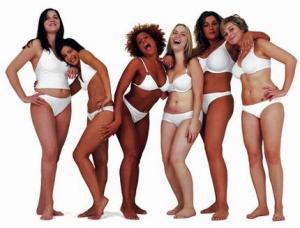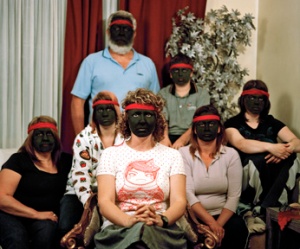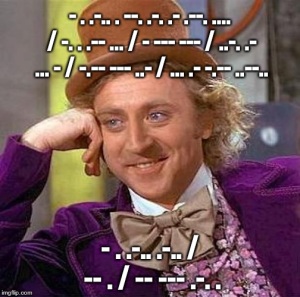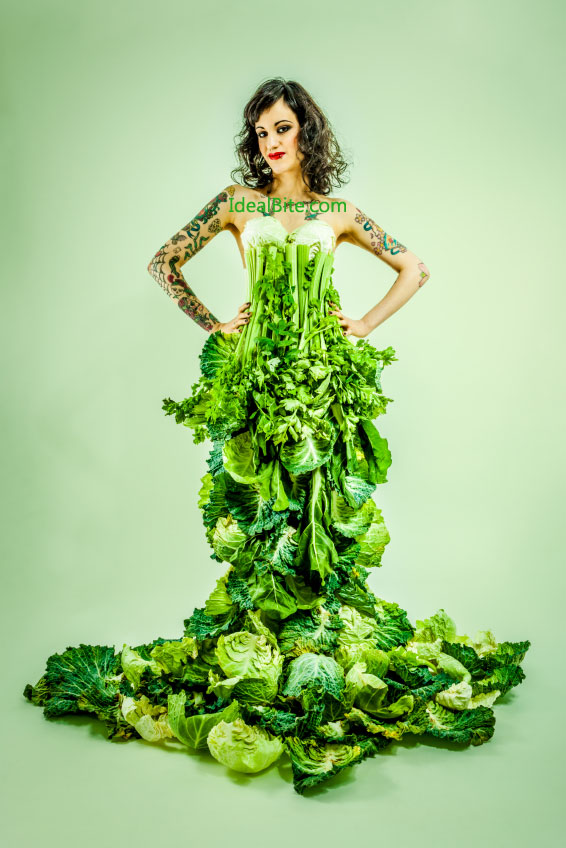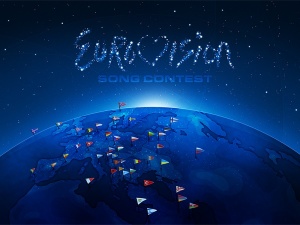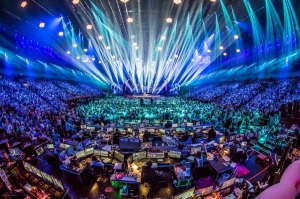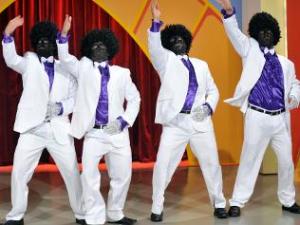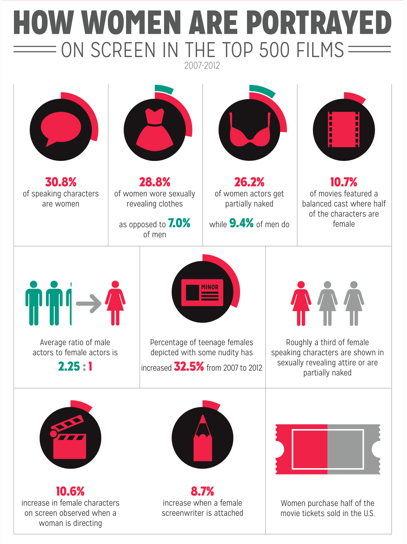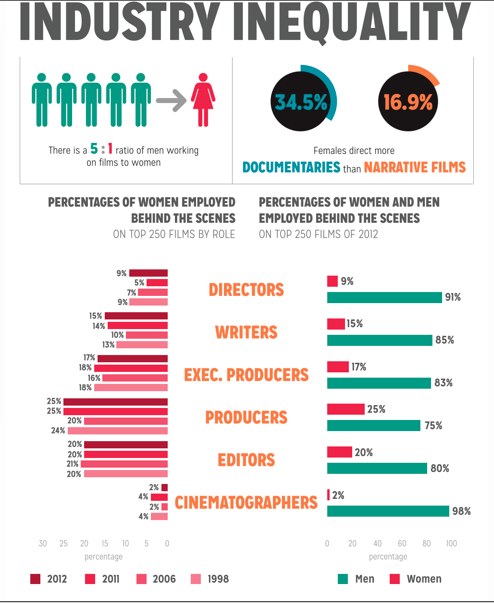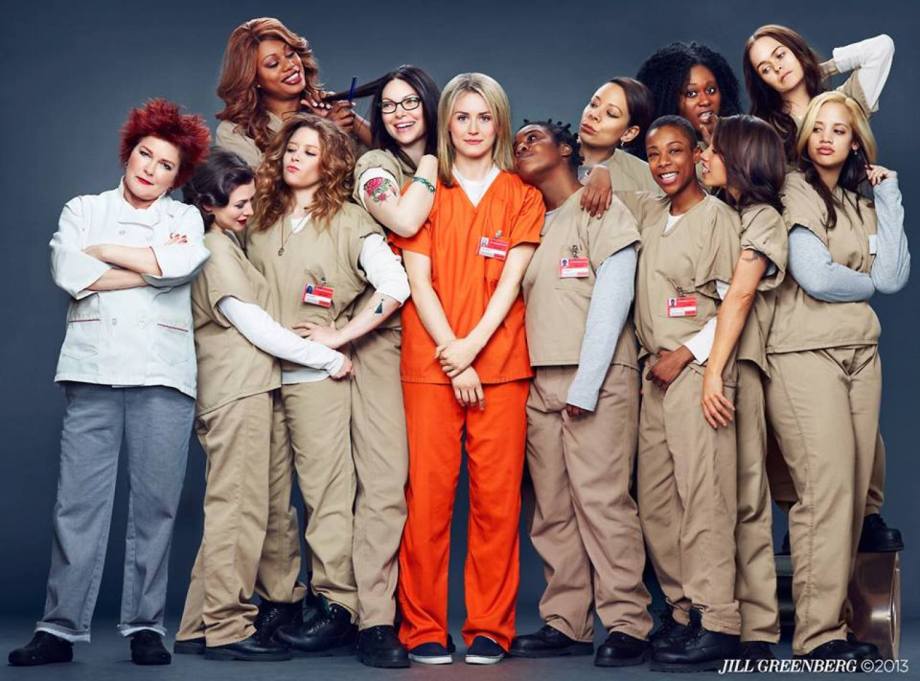In a word devastated by zero-sized models, photoshop and unrealistic body standards there stands one hero who can bring salvation to women. And that hero’s name is Dove. Or so it appears…
In 2004 Dove began their Real Beauty campaign which featured pictures of women of different ethnicities, ages and body types. Untouched by airbrushes, these campaign photos were intended to change the way women viewed their bodies. The campaign gained major success with multiple viral videos, magazine spreads and television advertisements. However along with the praise this campaign received for breaking the mould, there were also a number of criticisms. While it certainly has positive results and messages in some aspects, I want to examine some of the issues with the campaign and how it might not be doing as much good as we think.
One of the criticisms of the campaign was the use of the word real, which I wrote about in one of my first blog posts way back in my first year. If you like it is available to read here, but I would like to touch more on Dove’s goal for this campaign. The clue here is the word “campaign” because essentially Dove’s aim is to sell their product. Certainly Dove, like any other company, can’t be blamed for trying sell their product but there is something hugely problematic in trying to use the idea of raw and untouched beauty to then sell a beauty product. Essentially Dove might as well be saying, “You’re perfect just the way you are (after you buy these 6 Dove products).” It is also important to note that the parent of Dove, Unilever, is also the owner of Fair & Lovely, which perpetuates a light-skinned beauty standard, and Axe Body Spray that is responsible for ads like the following: In this aspect, the Real Beauty campaign isn’t better than any other beauty advertisement, but it really isn’t particularly worse either. It is also important to note that the parent of Dove, Unilever, is also the owner of Fair & Lovely, which perpetuates a light-skinned beauty standard, and Axe Body Spray that is responsible for ads like the following:
Certain videos from the Real Beauty campaign, like the one below, have also sparked controversy.
Some argue that instead of supporting the women this video is targeting, it instead forces them to self-evaluate and judge their own beauty. Krashinsky, S (2009) explains the issue:
‘Is asking women to subject themselves to public physical evaluation really the best exercise for a brand built on promoting self-esteem?
“It puts it all on women: We should just shape up and increase our self-esteem, as if it were that easy,” said Jean Kilbourne, the creator of the documentary film series Killing Us Softly: Advertising’s Image of Women. “It so trivializes the extraordinary pressure there is on women to conform to a certain ideal – and the awful contempt that lies in wait for us when we fail.”’
While this campaign definitely has its limitations, I think its most positive result is the discussion that it has inspired. While its refreshing to see beauty advertisers stray from the monotonous use of one type of body, ultimately it is this discussion that will help us understand and (hopefully) improve the relationship between body image and the media.
Krashinsky, S 2009, ‘Dove’s beauty campaign “has turned on the women it claims to champion”‘, Globe and Mail, 9 April, viewed 22 August 2015, <http://www.theglobeandmail.com/report-on-business/industry-news/marketing/doves-beauty-campaign-has-turned-on-the-women-it-claims-to-champion/article23869798/>
Celebre, A & Waggoner Denton A 2014, ‘The good, the bad and the ugly of the Dove Campaign for Real Beauty’, The Inquisitive Mind, viewed 19 August 2015, <http://www.in-mind.org/article/the-good-the-bad-and-the-ugly-of-the-dove-campaign-for-real-beauty>
Doveunitedstates 2015, Dove Choose Beautiful: Women all over the world make a choice, (online video), April 7, Youtube, viewed 19 August 2015, <https://www.youtube.com/watch?v=7DdM-4siaQw>
